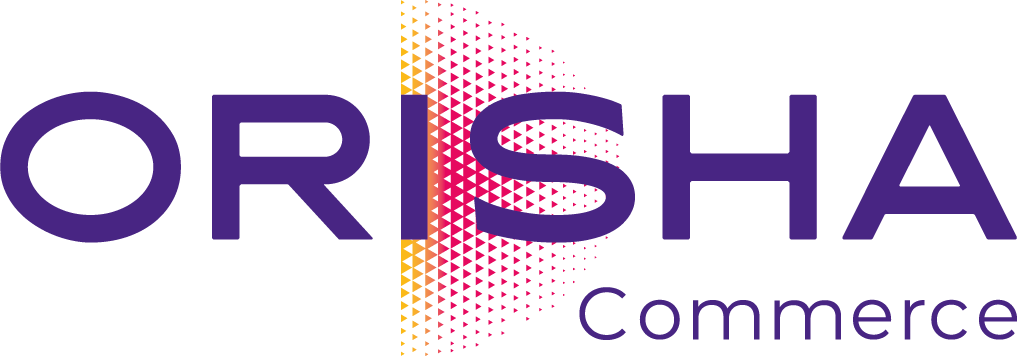Optimizing stock rotation in your stores

In the retail industry, stock rotation is a crucial indicator of the efficiency of purchasing, procurement, and sales processes across a store network. Effective stock rotation reflects proper inventory management and showcases a company’s competitiveness in the market. On the other hand, low stock rotation often points to organizational issues and logistics chain malfunctions.
What is stock rotation, and how can you calculate it accurately? What factors should you be aware of? Here are our expert tips to help you optimize stock rotation in your stores.
Qu’est-ce que la rotation des stocks ?
Stock rotation measures how often merchandise is sold and replaced over a specific period. Analyzed as a frequency, it signals when to renew supplies to avoid both stockouts and overstock, thereby streamlining inventory management in your stores.
Optimizing stock rotation helps you to:
- Enhance market competitiveness by lowering storage costs;
- Improve purchasing and procurement strategies;
- Refine inventory practices to minimize losses and waste;
- Support decision-making in inventory management and commercial campaigns (such as sales or clearance events);
- Guarantee customer satisfaction by ensuring timely product availability in the appropriate store.
A high stock rotation ratio signifies a flourishing company capable of generating substantial revenue by efficiently utilizing its stock. However, be mindful not to aim for an excessively high renewal rate, as this could jeopardize product availability in your stores. Conversely, a low stock rotation ratio indicates an offer potentially misaligned with market needs, poor product quality, or obsolescence, which subsequently boosts storage costs.
How to optimize stock rotation in your stores?
Efficiently manage product entries
The procurement stage is fundamental to effective inventory management. It is essential to optimize costs at this stage to prevent overstocking and financial strain. Procurement involves acquiring finished products for direct sales, spare parts for equipment repairs (skis, bikes…), and consumables for internal needs.
Making smart and timely purchases significantly boosts a company’s profitability. A clear understanding of your store network’s needs is crucial to smoothing out purchases over time.
Maintain optimal stock rotations
A high frequency of stock rotation indicates superb management, minimizing costs through swift renewal. This can vary by industry, so it is crucial to calculate and analyze it based on factors affecting your market and products: operating cycle, product lifespan, seasonality, etc.
Primary objective:
Avoid stockouts and overstock by accurately assessing needs and automating purchase and quantity calculations. Your inventory management software is a critical tool for this challenge, provided it includes essential features such as:
- Real-time and comprehensive tracking of each store’s stock;
- Automatic restocking based on your clientele and market trends (seasons, events…);
- Order recommendations to facilitate strategic purchase management;
- Stock alerts to maintain ideal inventory levels in all situations, with defined minimum, maximum, and safety thresholds;
- Managing product transfers between stores to balance inventory and meet customer demands.
Employ the right stock exit methods
When issuing a delivery note or a pick list, your teams need to identify the requested items, prepare them, and send them to the requester – whether this is for store restocking or fulfilling an online order. There are three stock exit methods, each with its own advantages and disadvantages. Your choice should hinge on the specifics of your store network, products, and commercial objectives.
The goal is to find the optimal balance between procurement and stock exits to enhance stock rotation.
- FIFO (“First In, First Out”)
This method involves picking items from stock in the order of their entry. In other words, the products stored first are sold or used first. The main benefit of this method is reducing the risk of product obsolescence, as older items are sold first. This method also simplifies the management of expiration dates for perishable products (like energy bars, dietary supplements, and beverages). - LIFO (“Last In, First Out”)
Contrary to FIFO, the LIFO method prioritizes selling or using the last products entered into the stock. For clothing or accessories without consumption limits, this approach facilitates simpler restocking and store replenishments, including transfers. You can pick the first five items from the shelf and send them to the needed store without searching the back of the shelves, saving considerable time! - FEFO (“First Expired, First Out”)
This method is primarily used for perishable products or those with critical expiration dates. It involves selecting products whose expiration dates are nearest or those about to expire first. The advantage of this method is reducing losses due to expiration and ensuring product quality.
Investing in specialized inventory management software is essential for optimizing stock rotation in your stores. With features tailored to your specific activities and challenges, you can minimize errors, reduce operational costs, automate tasks, and ensure customer satisfaction by providing an appropriate and available selection in real-time.






